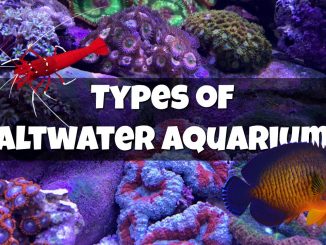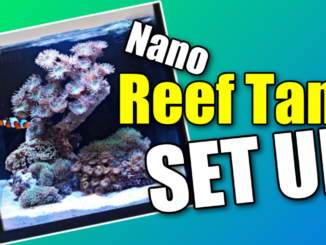
Pectinia corals, also known as Lettuce Coral or Cabbage Coral, are stunning reef inhabitants highly sought after by marine aquarium enthusiasts. With their intricate ridges, vibrant colors, and unique growth patterns, Pectinia corals can be a captivating centerpiece in any reef tank.
This article will delve into the fascinating world of Pectinia corals, exploring their characteristics, care requirements, and how to create an optimal environment for their health and growth.
Overview of Pectinia Corals:
- Physical Appearance: Pectinia corals feature a brain-like structure with intricate ridges and valleys.
- Coloration: They exhibit a wide range of vibrant colors, including shades of green, orange, pink, and purple.
- Growth Patterns: Pectinia corals can grow in encrusting, plating, or branching forms, adding variety to reef aquascapes.
- Polyp Extension: When healthy, Pectinia corals display extended polyps, showcasing their full beauty.
Pectinia Coral Care:
- Lighting Requirements: Pectinia corals thrive under low to moderate lighting. LED lights with adjustable intensity and color spectrum are ideal for replicating their natural habitat.
- Water Parameters:
- Temperature: Maintain a stable temperature between 75-80°F (24-27°C).
- Salinity: Keep salinity levels consistent with a specific gravity of 1.025-1.026.
- pH: Aim for a pH range of 8.0-8.4.
- Alkalinity, Calcium, and Magnesium: Regularly test and maintain appropriate levels to support coral growth.
- Water Flow: Moderate water flow is recommended to prevent debris accumulation and promote proper gas exchange.
- Placement: Provide ample space for Pectinia corals to expand and grow on live rock or sandy substrate. Ensure they have sufficient distance from other corals to avoid territorial conflicts.
- Feeding: Pectinia corals are primarily photosynthetic and rely on light for energy. However, they can benefit from occasional target feedings of small meaty foods or coral-specific liquid foods such as red sea ab+, to supplement their nutritional needs.
Water Quality and Maintenance:
- Regular Testing: Monitor ammonia, nitrite, nitrate, and phosphate levels regularly to ensure optimal water quality. Keep these reef tank parameters within acceptable ranges to promote coral health.
- Water Changes: Perform regular water changes to maintain stable water conditions and remove accumulated toxins and excess nutrients.
- Filtration and Protein Skimming: Utilize a quality protein skimmer and efficient filtration system to help maintain water clarity and remove organic waste.
Coral Health and Common Issues:
- Polyp Extension: Healthy Pectinia corals display fully extended polyps during the day. If polyp extension is consistently poor, it may indicate an issue with lighting, water quality, or flow.
- Bleaching: Pectinia corals can bleach due to stress caused by sudden changes in water conditions or excessive lighting. Ensure stable parameters and acclimate new corals slowly.
- Predation: Protect Pectinia corals from aggressive or predatory tank mates, such as certain fish species or invertebrates, to prevent damage or stress.
Pectinia Coral Propagation and Fragging:
- Pectinia coral can be propagated through fragging techniques. Carefully cut a healthy portion of the coral and attach it to a suitable substrate, allowing it to regrow and form a new colony.
- Fragged corals may require extra care and attention during the healing process, including stable water conditions and proper placement.
- Get your Fragging Supplies by following the link
Pectinia Corals Conclusion:
Pectinia corals offer endless beauty and intrigue to reef aquariums with their mesmerizing patterns, vibrant colors, and unique growth forms. By providing them with the right environment and care, you can enjoy the captivating presence of Pectinia corals in your tank for years to come.
Remember to research and understand the specific care requirements of the Pectinia coral species you plan to keep. While the general guidelines mentioned in this article apply to most Pectinia corals, there may be variations and specific needs for different subtypes.
Whether you are an experienced reef keeper or a beginner enthusiast, the allure of Pectinia corals is undeniable. Embrace the challenge of caring for these mesmerizing creatures and be rewarded with their stunning beauty and the dynamic energy they bring to your underwater oasis.




